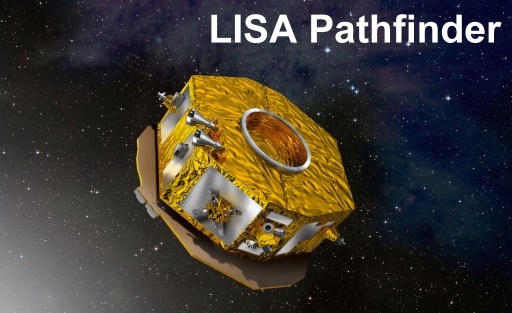 ESA’s LISA Pathfinder
ESA’s LISA Pathfinder
Field Effect Electric Propulsion System (Design, not on board)
Cold Gas Micropropulsion System
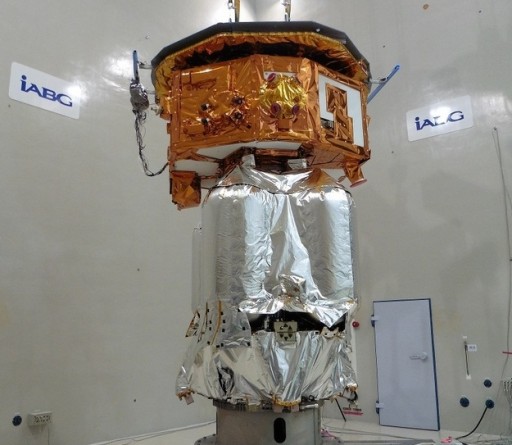
The LISA Pathfinder, formerly called Small Missions for Advanced Research in Technology 2 (SMART-2), is a European Space Agency mission setting out to demonstrate critical systems for the Evolved Laser Interferometer Space Antenna (eLISA) – one of the most ambitious science missions ever undertaken in the field of astrophysics.
eLISA is currently looking at a launch date of 2034 and will be the first mission to detect and measure gravitational waves, ripples in the curvature of space-time caused by astronomical sources with great mass. eLISA will use a constellation of three spacecraft flying in an orbit around the sun in a triangular formation with a distance of one million Kilometers between the craft. Laser interferometry will be used to precisely measure the distance between the spacecraft to detect passing gravitational waves which travel at the speed of light.
eLISA Mission Concept
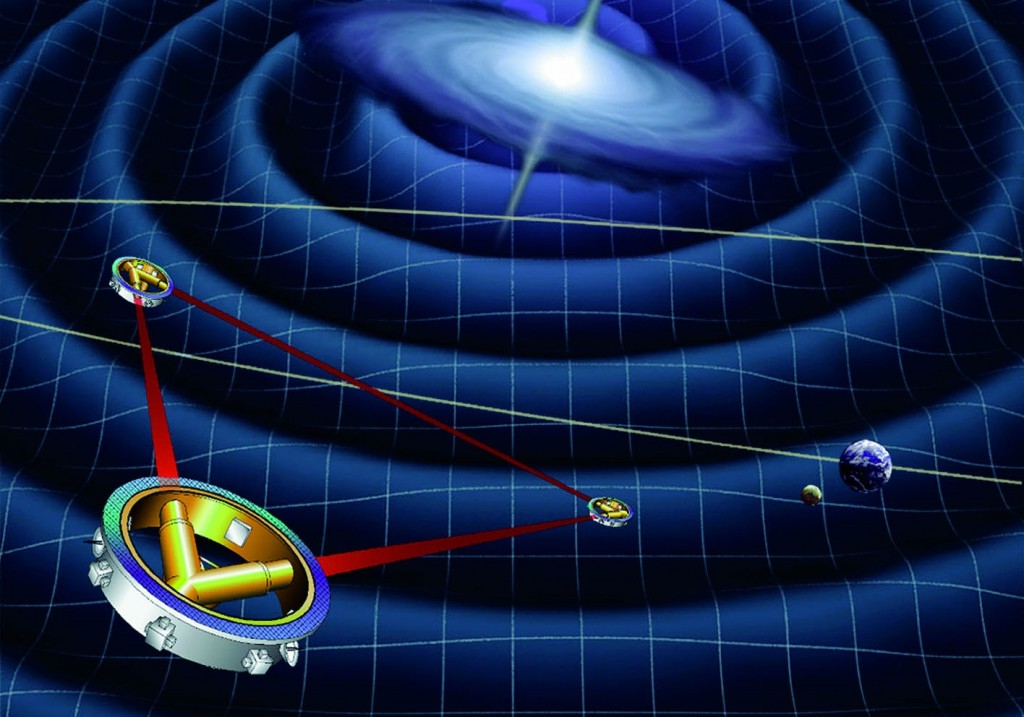
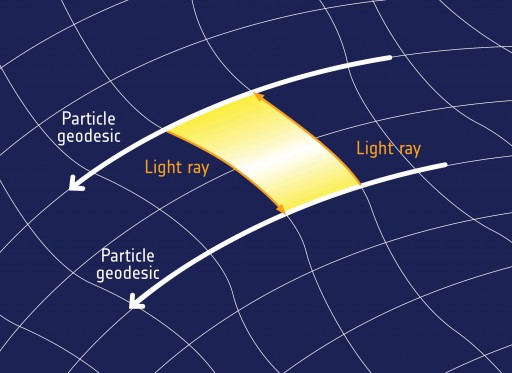
The detection of gravitational waves would open an entirely new window to the universe to scientists as more aspects of Einstein’s Theory of General Relativity are quantified in the real world – providing more insights into the fundamental processes ongoing in the universe. To make its highly precise distance measurement, LISA will use proof masses, two of which are to be installed on each spacecraft. Changes in distance between the proof masses as a result of gravitational waves are measured interferometrically to within 10 picometers.
It has to be ensured that the proof masses follow a purely gravitational orbit requiring a drag-free system and shielding to counteract the disturbance forces of the orbiting spacecraft. This brings along a number of technological challenges with respect to magnetic cleanliness, thermal stabilization, electrical charge management and gravitational balancing within the spacecraft.
The LISA Pathfinder uses a single spacecraft deployed to the L1 Lagrange Point to test the key technologies of the eLISA mission an an operational space environment such as formation flying and precise measurements of separation between two distant spacecraft. Being tested on the LISA Pathfinder:
- Inertial Sensors - Interferometry between Free Floating Test Masses - Drag Free Attitude Control System - Micro-Newton Propulsion (Cold Gas Microthrusters & Disturbance Reduction System; DRS)
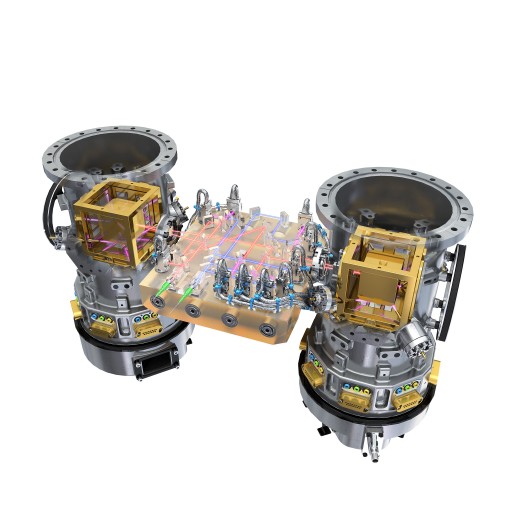
The LISA Pathfinder essentially shortens the length of one of the million-Kilometer arm of eLISA to 38 centimeters to fit into a single low-cost spacecraft. Launching in 2015, the LISA Pathfinder is expected to operate for at least half a year. The spacecraft has been designed to permit technology to be directly transferred to eLISA with little or no modification. As a technical demonstration mission, the LISA Pathfinder is not held to the high performance requirements of a high-level science mission in areas such as relative acceleration of the proof masses. The goal of the LISA Pathfinder mission is to demonstrate the gravitational wave detection concept using a single spacecraft through the use of state-of-the-art technology including a highly precise inertial sensing system, a laser metrology (distance measurement) system, drag-free control, and ultra-precise micro-propulsion to provide a pristine gravitational free fall environment to the proof masses.
